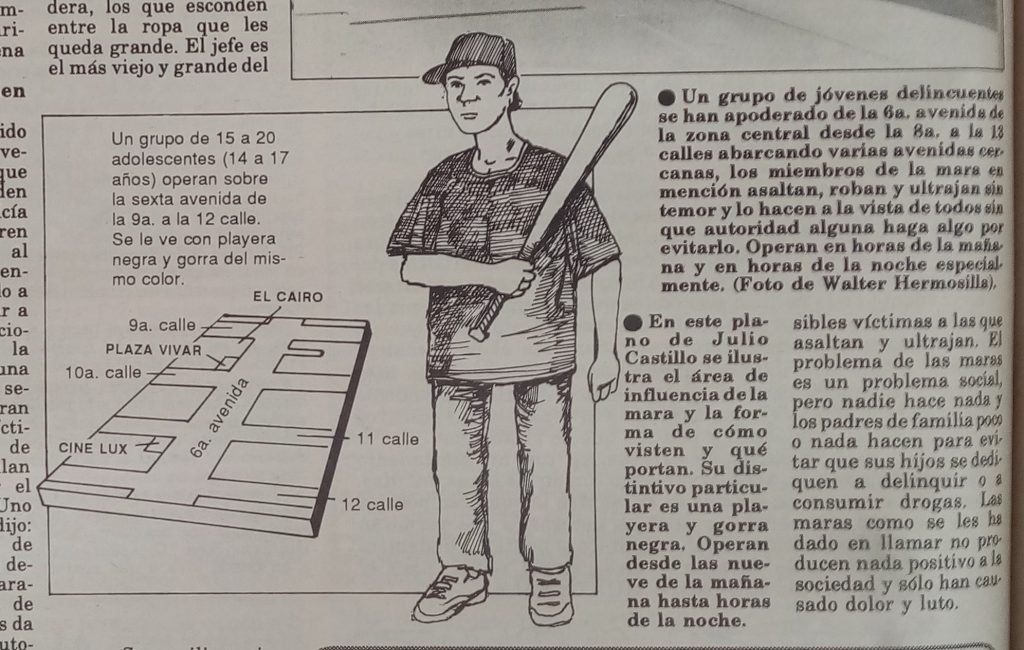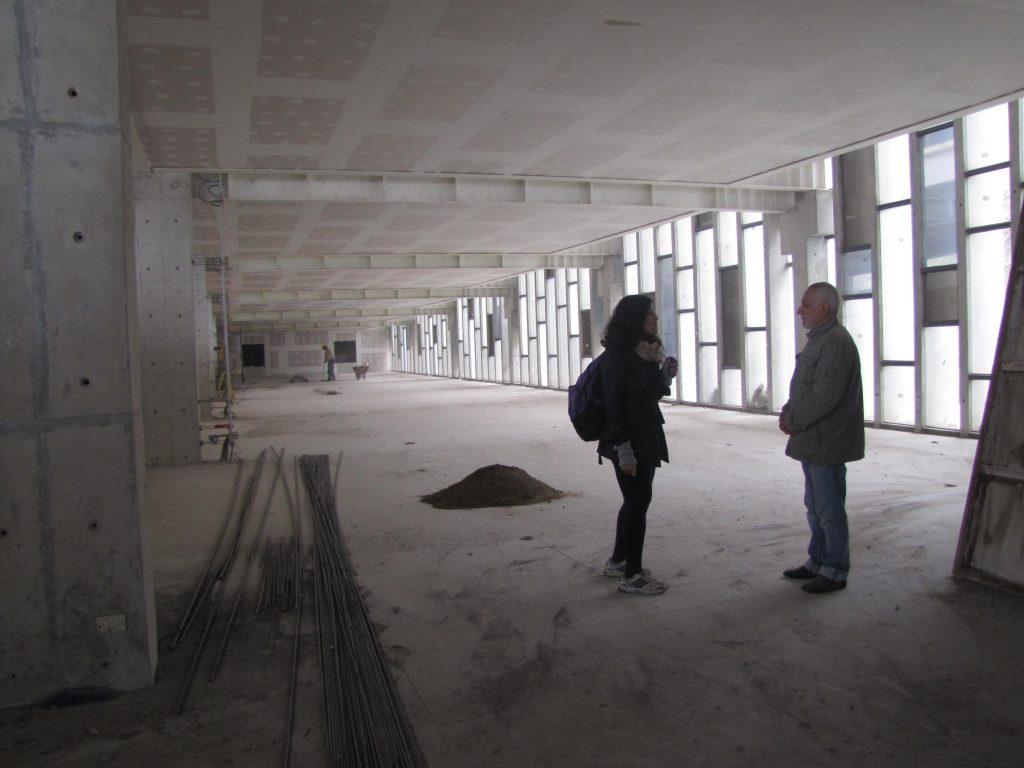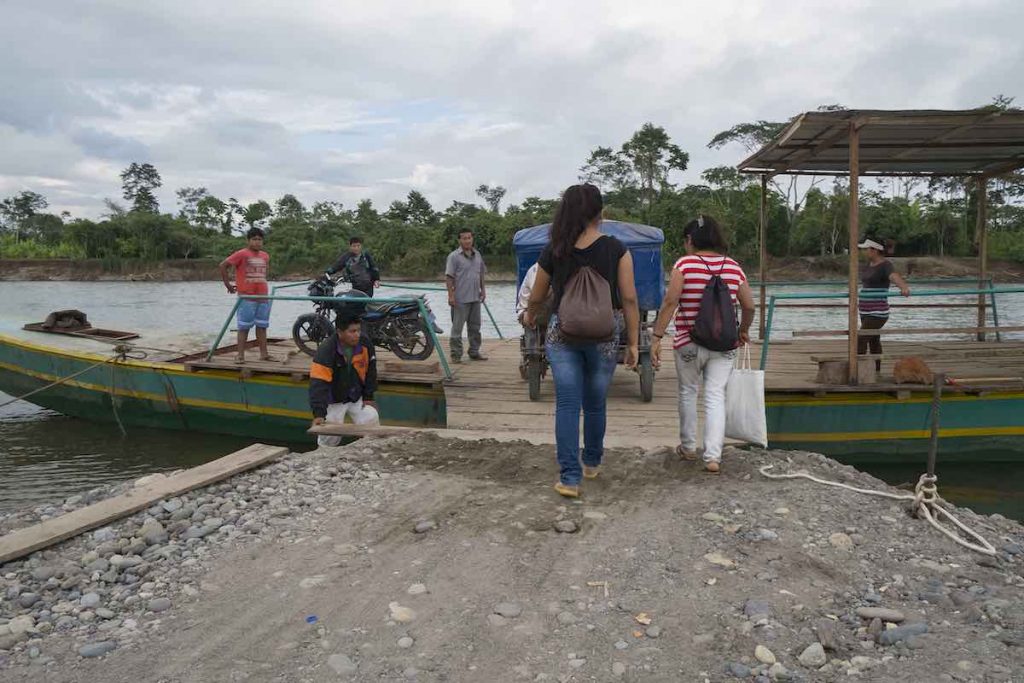home » post-war
Articles about "post-war"
Realidades socioculturales
Vol 7 No 13 (2024)

Scopic regimes of a new war: photographs of gang members in the red note of the Guatemalan postwar period.
- Luis Bedoya
Since the mid-1990s, Guatemalan newspapers have published photographs of tattooed men identified as mareros. The mobilization of these photographs plays a key role in the socialization of ideas about who these individuals are and what they do, leading to the formation of a public view of crime as a post-war phenomenon. The formation of the aforementioned public gaze, in turn, became a nodal component of a new counterinsurgency in the form of the fight against crime, of which the nota roja operated as one of its rhetorical devices. The discussion I offer focuses on the performance of the two representative newspapers of the genre: Al Día and Nuestro Diario, and is limited to the decade 1996-2005.
Temáticas
Vol 5 No 9 (2022)

“Apparently Meaningless” Images in the Place of Memory, Tolerance and Social Inclusion (lugar de la memoria, la tolerancia y la inclusión social-lum)
- Olga González Castañeda
This article focuses on aesthetic details related to the architecture of the lum, which in my attempt to capture in photographs as a part of my ethnographic work, lead me to an analysis of what I call “apparently meaningless images”. These images have a “haunting” effect, in the sense given by Avery Gordon, by which they do not try to document tangible existence but recognize what could exist. Thus, Roland Barthe’s “obtuse meaning” becomes relevant and crucial in my analysis of the images of the lum. These “apparently meaningless” images respond, on the one hand, to an aesthetic of voidness that seems more in line with the ghostly presence of the disappeared and with the denialism of the “dirty war” during the internal armed conflict in Peru. On the other hand, other “apparently meaningless” images emerge from hypervisibility, sometimes contrasting and as contrapunctums between the concrete and crystal materials predominant in the architecture of the lum, and that produce affective and political resonances that allude to racial and social tensions and exclusions that continue to prevail in the Peruvian society.
Temáticas
Vol 5 No 9 (2022)

The distant thunder: lingering images of the Huallaga River
- Richard Kernaghan
The Huallaga River of Peru was scene to a counterinsurgency war that in the 1980s converged with a cocaine boom. Later, when the war had largely withdrawn and when the region’s inhabitants narrated events of that increasingly remote history, the Huallaga River appeared as a force: one that set boundaries but also intervened in the trajectories of a multifaceted violence. This essay examines how the attributes of that river, both topological and sensori-material, came to be expressed in images, which circulated in times of post-conflict. By reading for their obtuse sense, this text connects the images that recurred by means of stories and dreams with those of another sort, this time photographs of the Huallaga River itself, when the war no longer seemed to threaten directly. Here, bringing distinct manifestations of image into conversation with one another permits tracing the uncertainties that cropped up between different effects of reality. It also opens the possibility for listening to the sounds that arrived in the distance, from the previous upheaval, and that would occasionally disrupt the passing of presents belonging now to other times. If ethnography implies responding to empirical worlds, not with a simple repetition that copies what happens, but with new and unexpected approximations, this essay describes and echoes images that endured or that insisted in returning from fieldwork.






